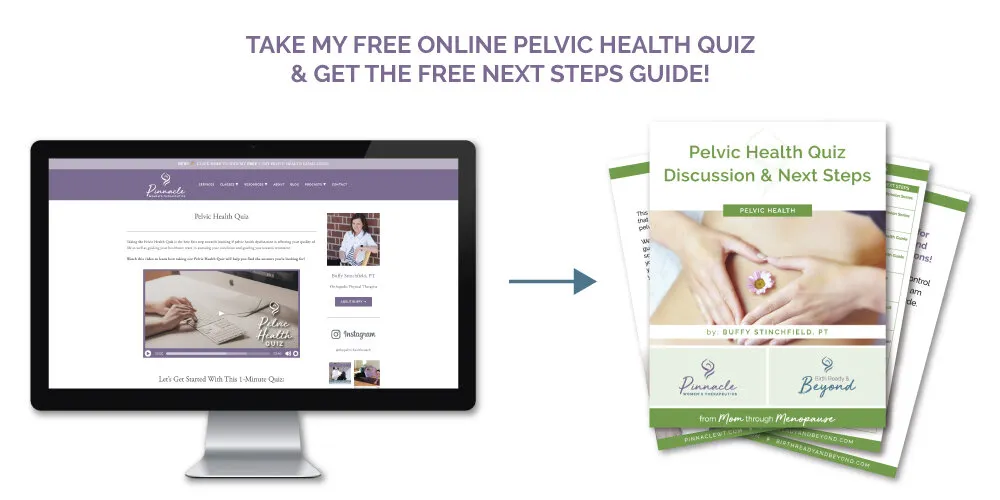We often hear the word core in terms of fitness and health. The phrase “engage your core” is often said in exercise classes. But does everyone know what that means? Is it sucking in your gut? Well, not really. I think this is another example of a phrase we hear, but don’t actually fully understand. Similar to the ever popular “do your Kegels” phrase. Again, most people don’t fully comprehend what that is exactly.
So I will do my part in educating my wonderful blog reading friends about the CORE.

The core is made primarily up of 4 separate muscles.
1. Transversus abdominus
2. Multifidus
3. Pelvic floor
4. diaphragm
Together, these 4 muscles surround the intra-abdominal cavity and seal the pressure inside. In fact, these muscles make up what can look like a sealed soda can.
Like a sealed soda can, the core muscles work together to seal off the exits of the abdominal cavity. And, when the soda can is sealed, you and I know that it is pretty darn sturdy. So much, so that we would feel confidant in standing on it without fear of it collapsing. Is the strength of the aluminum the thing that keeps it strong? Nope. It is the sealed pressure inside.
And when the core muscles do their job, they all play a role as a team, working minimal to moderately together. None of them are designed to be hulky big muscles. But when working as a team, are quite effective.
So What Do These Core Muscles Do Exactly?
The core muscles seal the intra- abdominal pressure in order to stabilize the spine and pelvis. This is HUGE. Back pain is the SECOND leading cause of disability in the US. What that means is that EVERYBODY needs to know what these muscles are, what they do, and HOW to use them. The pelvic floor muscles? Yep. Guys have them too.
The second very important thing that these muscles when sealing the intra-abdominal pressure is to keep our openings closed when we need them to be. That means preventing leaks from the bladder or bowels. This includes holding back gas.
When there is a major breakdown in sealing our pressures, there can be additional problems that can include hernias and prolapses. We will leave the discussion of these issues for another blog post.
Conclusion
So if YOU or someone you know, has an issue with low back pain, leaky issues, hernias or prolapses, getting to know your core muscles is INCREDIBLY IMPORTANT. And if you have not guessed it already, sit-ups and crunches won’t help. Talk to me (a women’s health specialist PT) or a women’s health physical therapist in your area to learn just how to restore your core. This can make a HUGE difference in the quality of you or your family member’s life.





